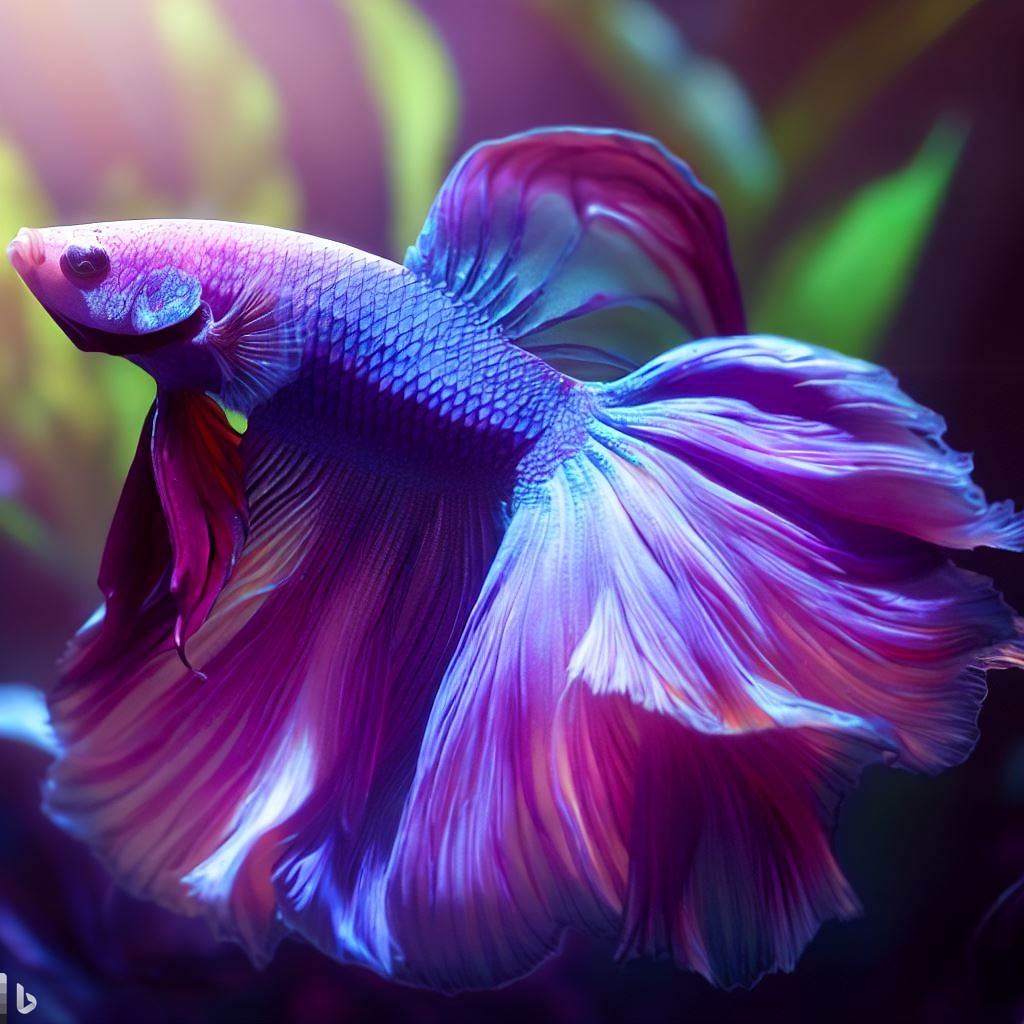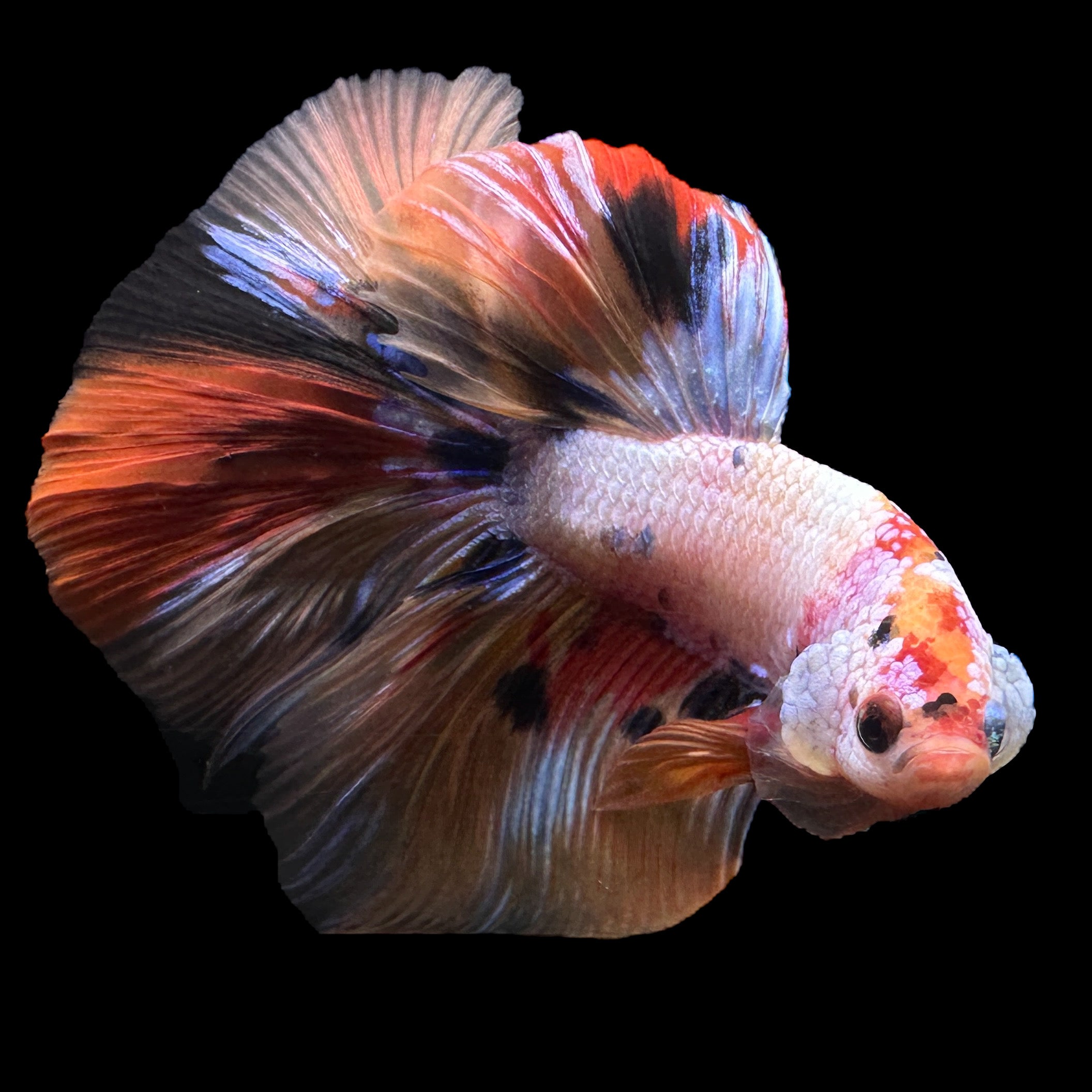Reproducing Betta Fish: a Comprehensive Step-By-Step Guide to Effectively Raising Baby Bettas From Eggs to The Adult Years
Reproducing Betta fish is a meticulous undertaking that needs careful preparation and execution to make sure the successful advancement of fry from eggs to develop fish. Picking genetically diverse reproduction sets with preferable attributes is only the beginning; creating an optimum setting and recognizing the details of the breeding process are equally crucial. As the male Betta diligently constructs a bubble nest and guards the priceless eggs, the succeeding stages of care and transition demand focus to detail and knowledge of finest techniques. How does one browse the difficult yet gratifying path of nurturing these vivid creatures to the adult years?

Picking Breeding Pairs
When starting the trip of breeding Betta fish, choosing the best breeding sets is critical to attaining preferable qualities and a healthy lineage - betta fish. The very first step in this process is to identify the details traits you desire to boost or preserve, such as color, fin kind, and body form. It is necessary to select genetically diverse pairs to avoid inbreeding, which can result in health and wellness issues and unfavorable attributes
Assess prospective reproducing prospects thoroughly. A healthy and balanced male Betta should show lively colors, an energetic temperament, and well-formed fins, while the female ought to likewise show vibrant pigmentation and a rounded belly, suggesting readiness for spawning. Observing the temperament of both fish is important, as aggressive or extremely reluctant people might not reproduce efficiently.
Documents of lineage is equally essential. Maintaining documents of the parent fish's ancestry can help you track genetic characteristics and potential issues. In addition, speak with trusted dog breeders or on-line resources for guidance on selecting compatible pairs. Eventually, spending time in the selection procedure will substantially enhance the likelihood of creating solid, vibrant children that satisfy your reproduction goals (betta fish).

Preparing the Breeding Tank
Producing an ideal reproduction setting is a key action after picking appropriate pairs for Betta fish. The breeding container ought to be specifically created to offer convenience and stimulate the all-natural reproduction behaviors of the fish. Beginning with a tank dimension of at the very least 10 gallons to make sure appropriate space for both the man and women Bettas.
Maintain a gentle filtration system to maintain the water clean while staying clear of strong currents that can emphasize the fish. Additionally, an air rock can be contributed to supply oxygenation without disrupting the water surface also a lot.
Temperature level regulation is crucial; purpose for a steady range of 78-82 ° F(25-28 ° C) utilizing a trusted heating system. The pH level need to be maintained between 6.5 and 7.5, and regular water modifications are required to make sure high water quality.
Integrate drifting plants or spawning sponges to develop concealing areas for the woman, while additionally encouraging bubble nest building by the male - betta fish. Make sure the storage tank is totally free from sharp decorations and any kind of potential risks, as the well-being of the fish should constantly be prioritized throughout this crucial phase of breeding.
The Breeding Process
Typically, the breeding process for Betta fish includes a collection of unique and observable habits that show readiness for reproduction. The male Betta starts by building a bubble nest at the water's surface, which works as a site for the fertilized eggs. This nest is critical, as it offers a risk-free setting for the eggs up until they hatch out.
As soon as the nest is established, the man will certainly present courtship habits, such as flaring his fins and exhibiting lively colors to attract the woman. The female, upon noticing the man's readiness, will react by displaying upright red stripes along her body, signaling her receptiveness.
The fed eggs then fall to the bubble nest, where the male thoroughly gathers and returns them to the nest. Following this, the male thinks duty for safeguarding the nest and making certain the safety and security of the eggs up until they hatch out, usually within 24-36 hours.
Caring for Betta Fry
Caring for Betta fry calls for careful interest to their atmosphere and nutrition to make certain healthy development and advancement. After hatching, Betta fry are very little and vulnerable, requiring a steady and tidy environment.
Feeding Betta fry is equally important. At first, they should be used infusoria or carefully smashed top quality fry food, as their mouths are also small to take care of larger particles. As they grow, you can gradually introduce larger foods, such as resource child salt water shrimp or powdered flakes, to ensure they receive sufficient nourishment. Feed them small quantities several times a day, bewaring not to overfeed, which can result in water top quality problems.
Transitioning to Adult Bettas
As Betta fry mature, transitioning them to grown-up Bettas is an essential phase that requires careful management of their atmosphere and social interactions. This process normally starts when the fry reach around 6 weeks of age, at which point this link they can be slowly introduced to a much more structured living setting.
To promote this change, it is vital to ensure that the water parameters-- such as temperature level, pH, and ammonia degrees-- are optimal and stable. Grown-up Betta fish prosper in warm water (around 78-80 ° F) with a pH of 6.5 to 7.5. Slowly adjust the fry to these conditions to lessen anxiety.
Social interactions are another crucial aspect; man Bettas are infamously territorial and aggressive. It is suggested to separate males right into private containers as they develop. Women Bettas can be housed together, but care must be required to monitor for indicators of hostility.
Additionally, dietary changes should be made as the fry expand. Incorporate top quality pellets and live foods to sustain their development and health and wellness. By taking care of these aspects properly, you can promote an effective transition to adulthood for your Betta fish.

Final Thought
Successful reproduction of Betta fish needs mindful attention to detail throughout the navigate to this site entire procedure, from picking genetically varied pairs to offering optimum treatment for fry. By ensuring ideal breeding problems and keeping water top quality, the possibility of healthy and balanced offspring enhances substantially. Furthermore, a well balanced diet plan and progressive adjustment to grown-up environments are important for the development and development of Betta fish. Adhering to these steps diligently cultivates a prospering populace of Betta fish, enhancing both their health and wellness and vigor.